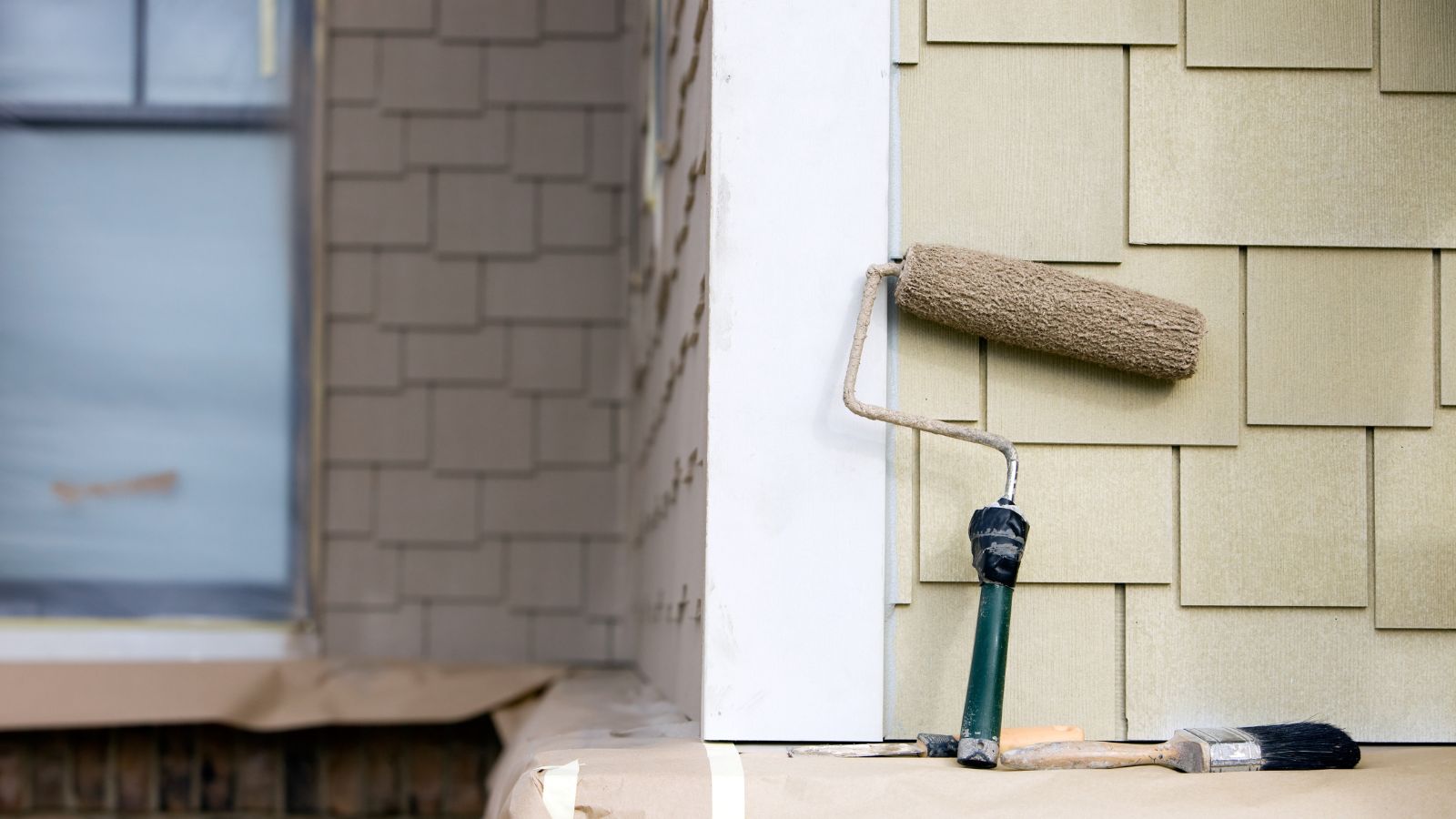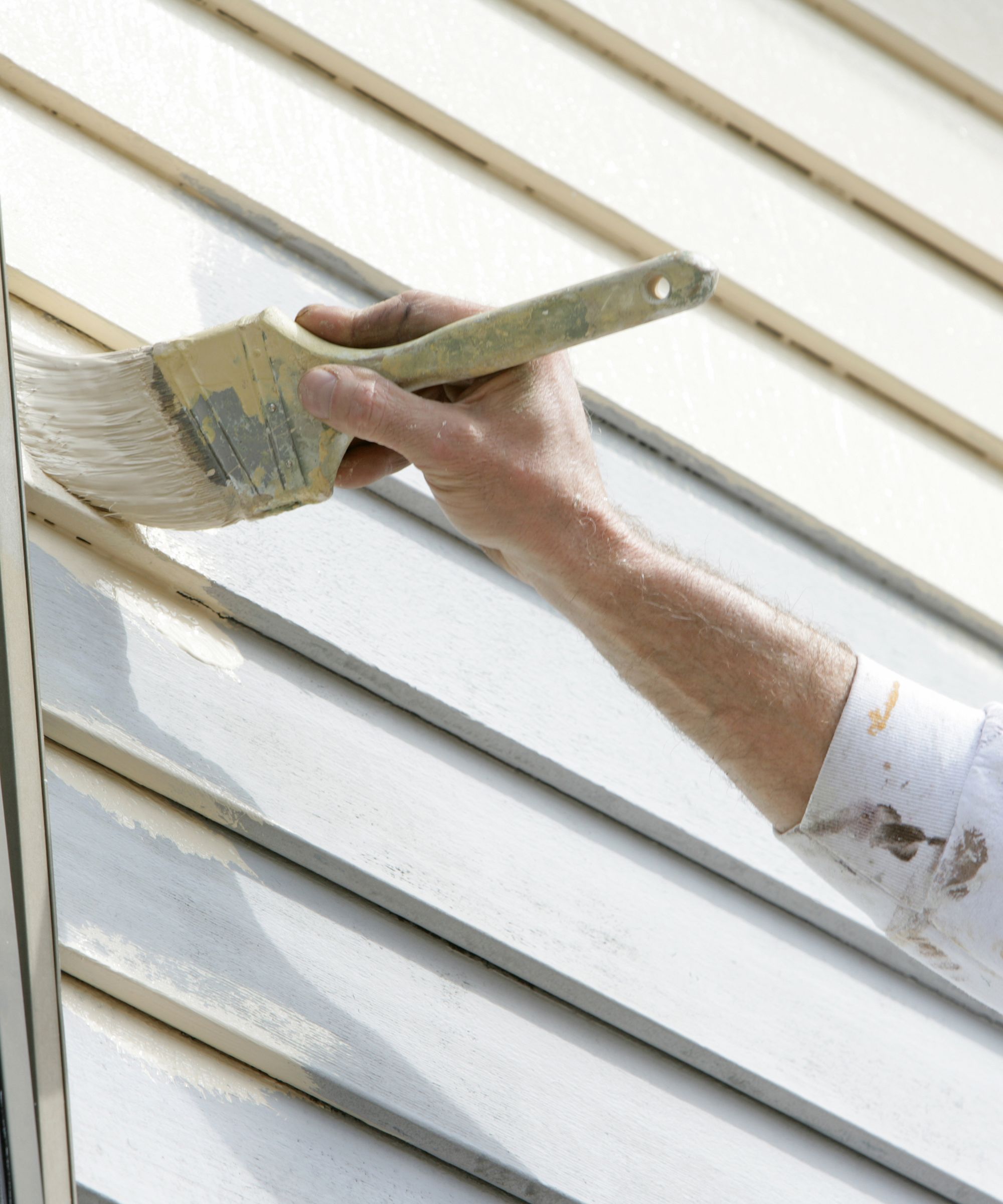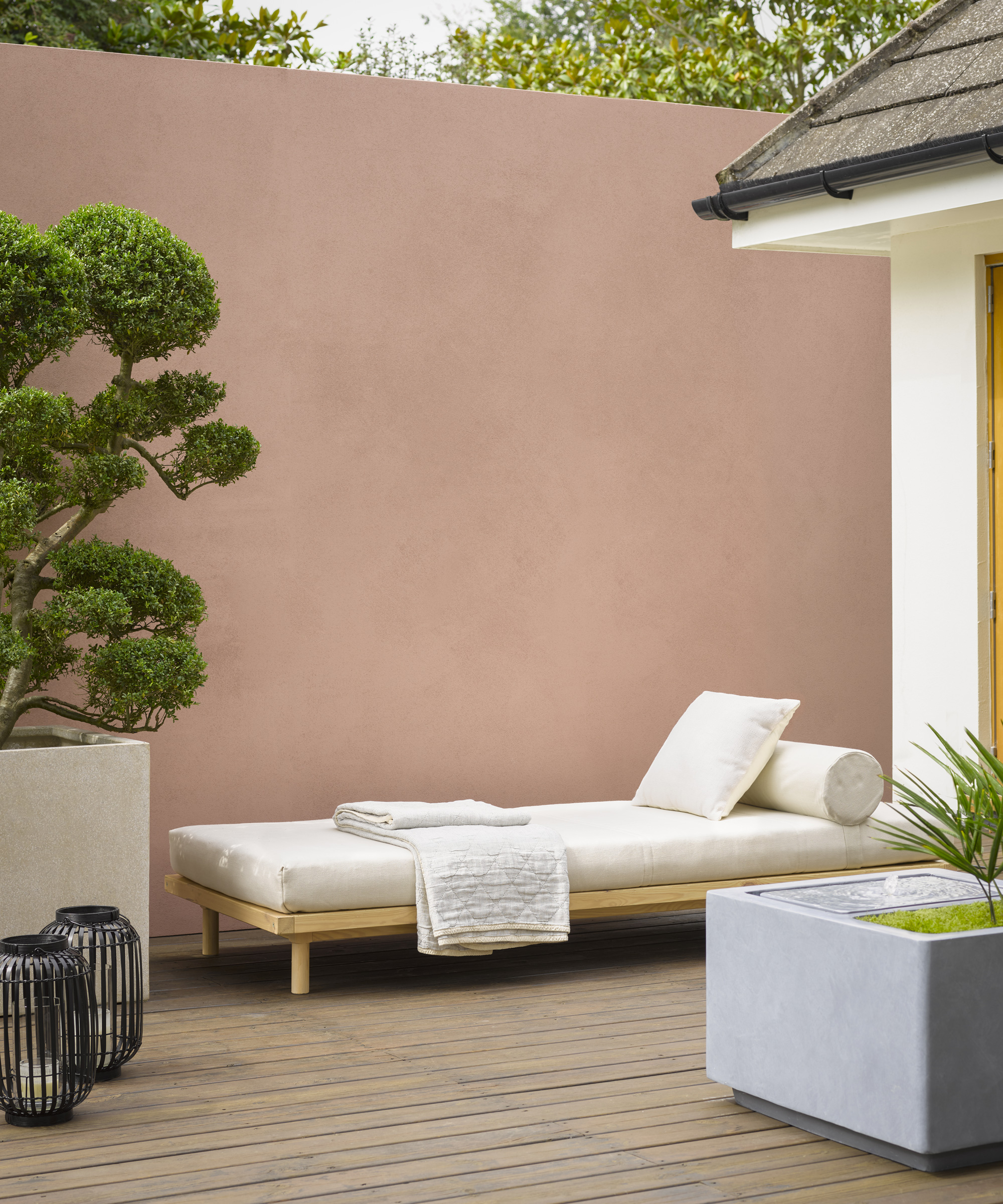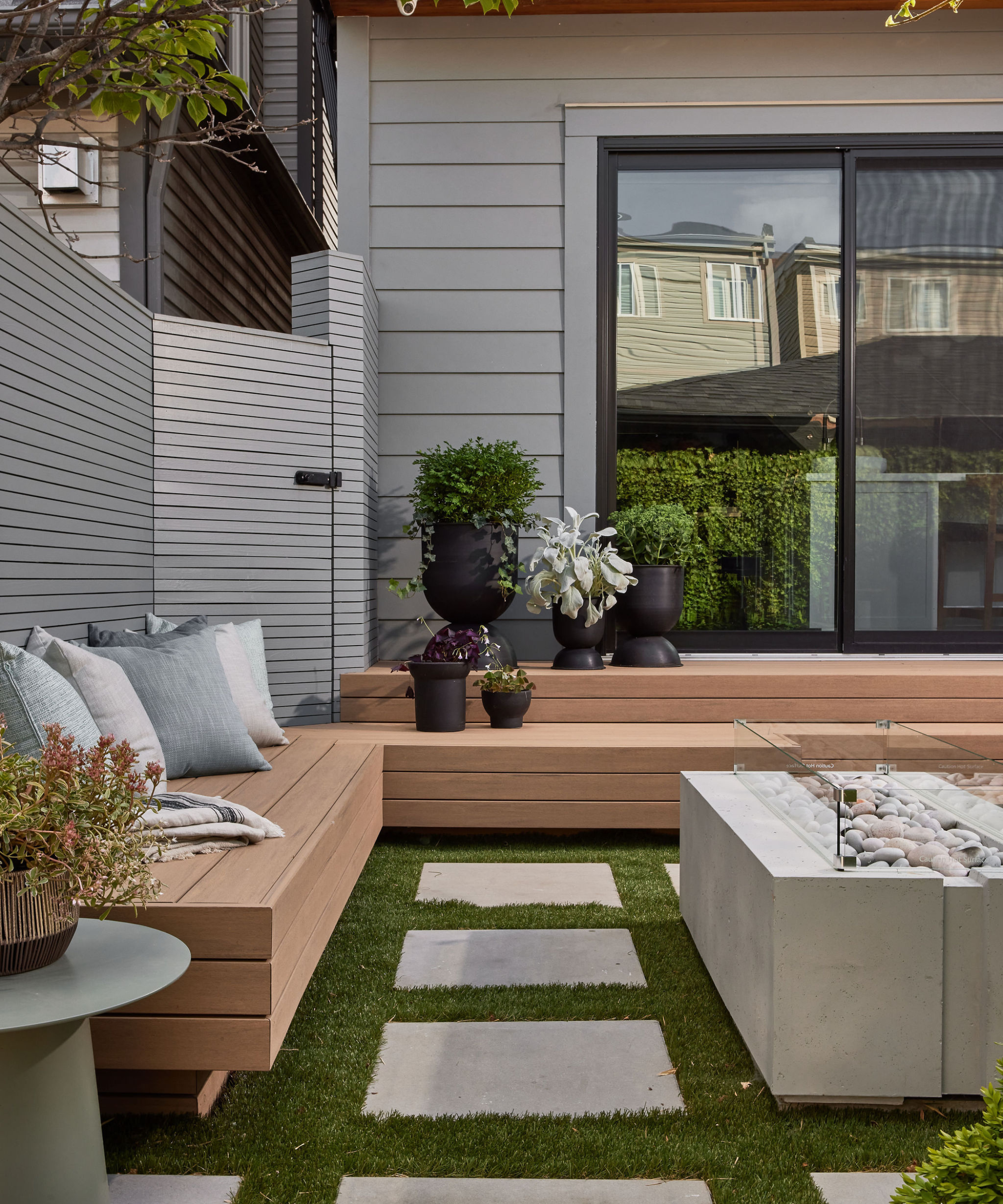How often to paint a house – and three things that impact longevity
Ignoring this maintenance rule will only damage your home, experts warn


While we might be able to change the color of our internal walls at the drop of a hat, painting the exterior of a home is a far more intense process, meaning we usually put it off for as long as we can.
But how often should you paint your house exterior? Professionals suggest it may not be often, but that getting the timing right is essential to prevent your house from looking run down – and is just as important as picking the right paint colors for the exterior of a house.
Here, we break down how often you should paint a house exterior to maintain your curb appeal and inspire house envy in every passerby.
How often to paint a house exterior
How often you paint the exterior of a house can depend on several external factors, begins Ryan Parr, contractor and president of Nashville Painting Professionals. This means it can vary widely between five to ten years:
'Painting the exterior of your house every five to 10 years is generally recommended, though this can vary based on factors such as climate, the type of siding, and the quality of the previous paint job,' he says.
For example, harsh weather such as strong winds, rain, or heat, can all make paint degrade more quickly (even exterior paints) resulting in peeling, cracking, and fading. This can then expose the wood beneath to the elements and cause that to rot over time, too.

Regularly repainting your home's exterior does more than add to the aesthetics, continues Kelly Mardis, professional painter and owner of Marcel Painting in Tempe, Arizona.
Design expertise in your inbox – from inspiring decorating ideas and beautiful celebrity homes to practical gardening advice and shopping round-ups.
'Past 10 years you run the risk of the fascia boards warping if they don't have a fresh coat of paint. When the boards become warped the only option is to replace them. The paint protects the wood and the stucco,' she explains.
‘You also run the risk of the paint surface becoming "chalky”,’ Kelly continues. ‘This happens when the top layer of paint is disintegrating. The resin that holds the paint together fails and what is left is the minerals and pigments that make up the paint to sit on the surface.’
How to make exterior paint last longer
1. Repair the wall before painting

Good ongoing maintenance, proper preparation and application, and the use of good quality materials are key to cutting down on how often you have to repaint your house.
Given that you have to fix peeling paint before repainting, you need to strip away as much of the old paint as possible before adding a new coat, explains professional painter, Kelly Mardis. Start by pulling back any loose debris from the house and pressure washing the surface to blast away dirt, grime, and loose flakes of paint, hand scraping paint when needed to achieve as smooth a surface as possible.
‘Before repainting, you will need to check the surface over for any repairs that need doing. This is easier if you have cleaned the surface first,' Kelly warns. ‘Common jobs involve patching any stucco and filling in cracks before they get worse. Make sure you fill the cracks with the correct materials, designed for the outdoors, or you risk having to chip it all out by hand and redo it later down the line,’ he adds.
2. Use a primer

As with any paint job, applying a primer first is a great way to ensure the paint will stick and last, especially in areas as exposed as the sides of your house. It is important to pick out a primer that is designed for your home’s material, and for the paint you are about to apply, says Ray Brosnan, painting expert and founder of Brosnan Property Solutions.
3. Pick paint suitable for your climate

‘Consider factors such as durability, resistance to UV radiation, and ease of maintenance, and choose paint colors that complement your home's architecture and the surrounding environment,’ Ray Brosnan, painting expert, recommends. ‘Start from the top and work your way down, using a combination of brushes, rollers, and sprayers as per the surface requirements and follow the manufacturer's instructions for the paint application and drying times.
'Always apply two coats of paint for better coverage and longevity.'
FAQs
How long should it take to paint a full house?
How long it takes to paint a house will depend on the size of your home, the condition of the walls, and whether you are hiring professionals or not.
Professionals will often be able to paint a house in four to five days, but it could take you longer if you are working on your own, or you are a beginner.
What is the best month to paint outside?
It is best to paint outside in the warmer months, between the end of spring and early summer, or, if you live in a typically wet climate, then in early fall, to provide the best temperatures and humidity levels for the paint to dry correctly and not become sticky with excess moisture, or dry too slowly in freezing temperatures.
Can you paint over old exterior paint?
While you can prime and paint over old exterior paint that has been cleaned, it is best to remove any patches of peeling paint to ensure the new paint adheres correctly and doesn’t peel off prematurely. This can be done with a stiff-bristled brush, or a pressure washer if you want to avoid scrubbing.
Painting the exterior of a house is not a quick and easy paint project. While it is certainly something you could DIY, it is better to hire a professional who has access to the right tools and safety equipment to ensure a thorough job that will last longer than a couple of years. It might be a bigger upfront cost, but it will be an investment that pays off in the long run.

Chiana has been at Homes & Gardens for two years and is our resident 'queen' of non-toxic living. She spends most of her time producing content for the Solved section of the website, helping readers get the most out of their homes through clever decluttering, cleaning, and tidying tips. She was named one of Fixr's top home improvement journalists in 2024.